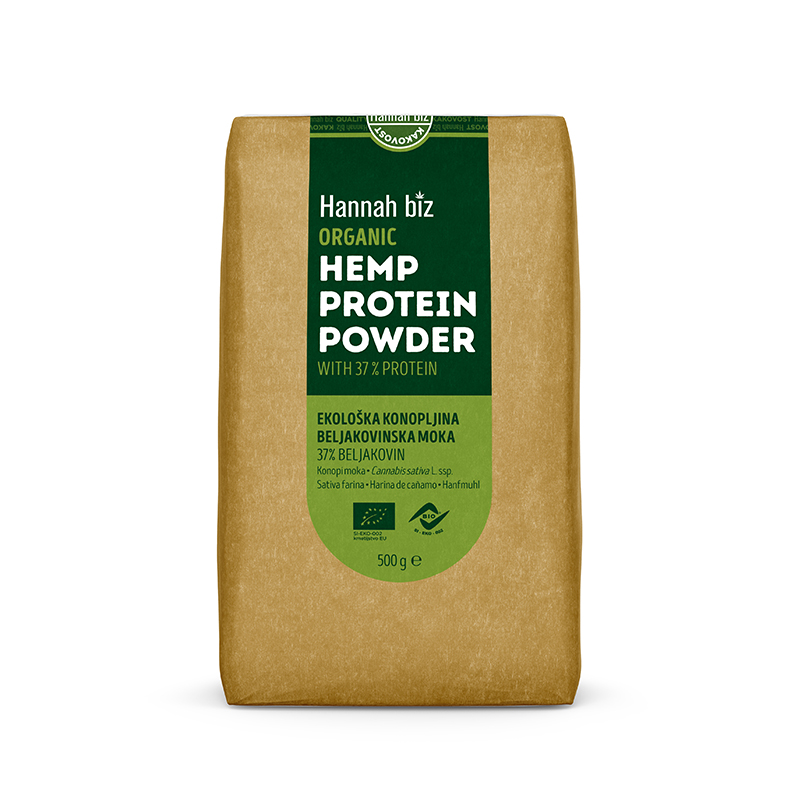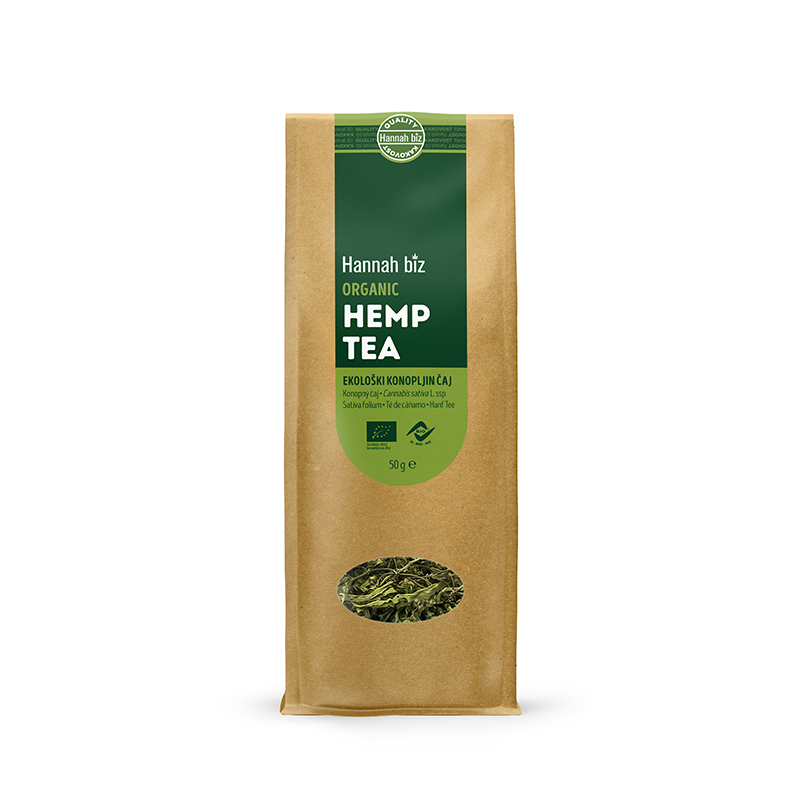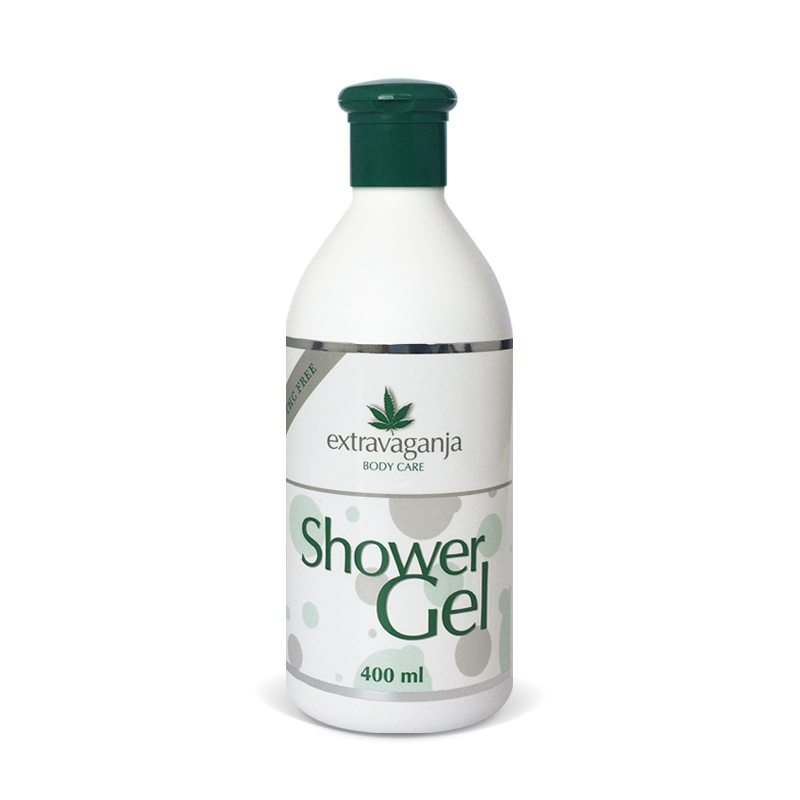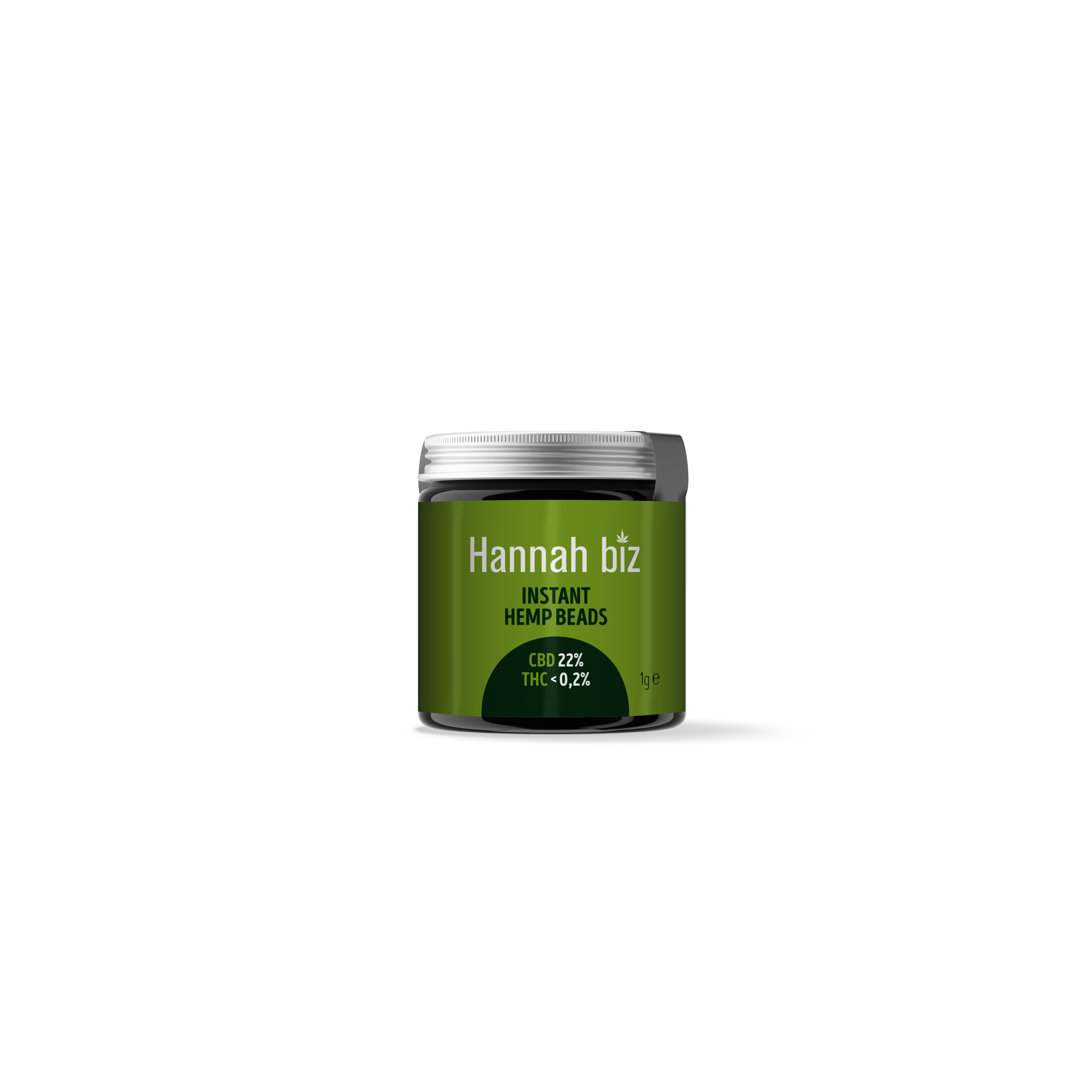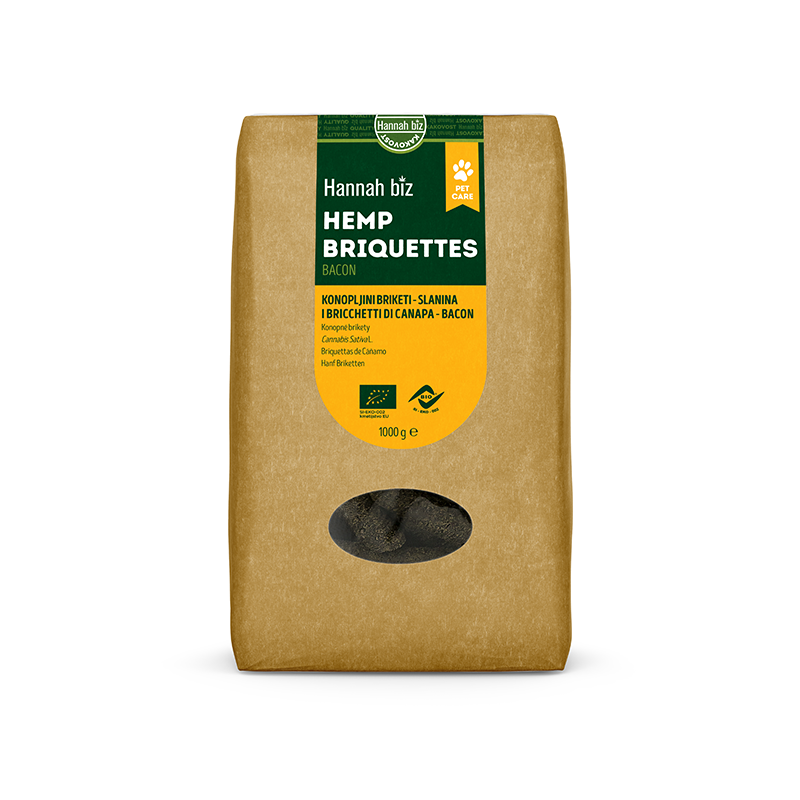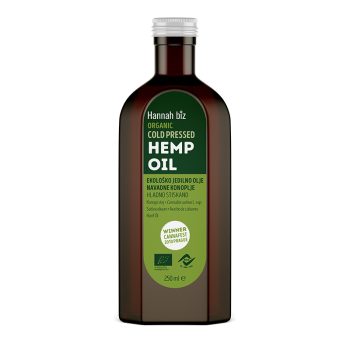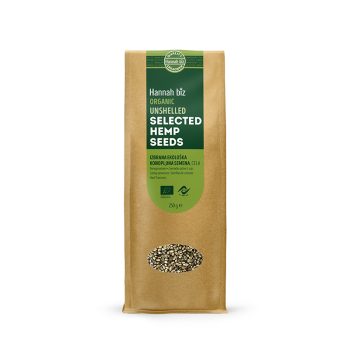-
×
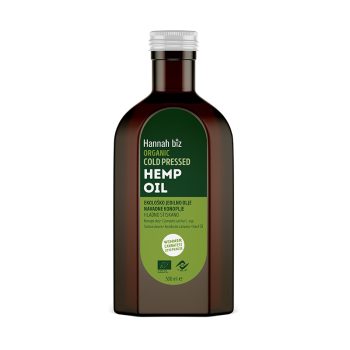 Organic hemp oil, cold pressed - 500ml
1 × 22,00 €
Organic hemp oil, cold pressed - 500ml
1 × 22,00 € -
×
 Organic shelled hemp seeds - 240g
1 × 7,40 €
Organic shelled hemp seeds - 240g
1 × 7,40 €
Education
About hemp
Hemp originates from the North-West Himalayas extending all the way through to the Aral and Caspian Seas. Farmed varieties were developed from the naturally growing species of Cannabis sativa L. ssp. spontanea, by picking the plants and taking them to other geographical and ecological areas. To the south and the north-west, different hemp ecotypes have been created and spread. They are known for their different morphological and, above all, chemical properties, as well as the purpose for which they are used.
Types of hemp
The hemp species we are most familiar with are Cannabis sativa L. var. sativa (true or industrial hemp), and Cannabis sativa L. var. indica (Indian hemp). The latter is used to manufacture drugs, which is what gives the entire Cannabis genus a bad name. The difference between these species is their THC content (tetrahydrocannabinol – a psychoactive cannabinoid) and their CBD content (cannabidiol without any psychoactive effect and a THC inhibitor), whereby the ratio between THC and CBD in common hemp is that of 1:5, and with Indian hemp, the ratio is of 2:1. Since both species are so similar, the most reliable indicator of the species is a chemical analysis showing the THC and CBD content.
The properties of hemp
Common hemp (Cannabis sativa L.) is a part of the Cannabaceae family and is, as such, a relative of hops and nettles. It is an annual plant with a spindle-shaped root and numerous side roots, and with an upright, herbaceous and hairy stalk that can branch in some of the ecotypes, reaching a height of 0.5 to 5m.
This is a dioecious plant where the female (“črnica”) and the male (“belica”) plants are separate. So-called hermaphrodite (monoecious) species have also been developed, where the female and the male plant grow on the same plant. The stalks of the male plant are lighter, produce less fibre, do not bear seeds, quickly wither, and die sooner. However, they do contain a lot of pollen which is very useful for the bees, even though hemp does not need bees to pollinate it, on account of the fact that it is an anemophilous plant.
About hemp
Hemp originates from the North-West Himalayas extending all the way through to the Aral and [...]
23
Apr
Apr
Why saw hemp?
Growing hemp is an extremely undemanding process if certain conditions, such as clean soil, unpolluted [...]
23
Apr
Apr
SOIL
Hemp thrives in similar growth conditions to corn. The optimal soil is deep, airy, and [...]
23
Apr
Apr
From an agricultural point of view, monoecious plants act like female plants. The straw and fibre yield from monoecious plants is reportedly 15–20% higher compared to diecious plants, while the seed yield from monoecious plants is reportedly 20–30% higher. Since the crops from monoecious plants are easier to store, they are also preferable to cultivate. When it comes to tea, diecious plants are a better option. Monoecious plants are, namely, more susceptible to mould.
Hemp can grow from 1.5m to 5m, which depends on the sowing date and the manufacturing method. Early sowing or sowing as the main crop yields taller plants, since they have more time to grow. Late sowing or stubble sowing (after other cultures) yields shorter plants.
Their height also depends on how well the soil is stocked with nutrients; nutrient-rich soil yields taller plants, and vice versa. Finally, the height of the plants also depends on weather conditions such as strong dry seasons which cause the plants to stop growing; they are therefore shorter.

 Sl
Sl

